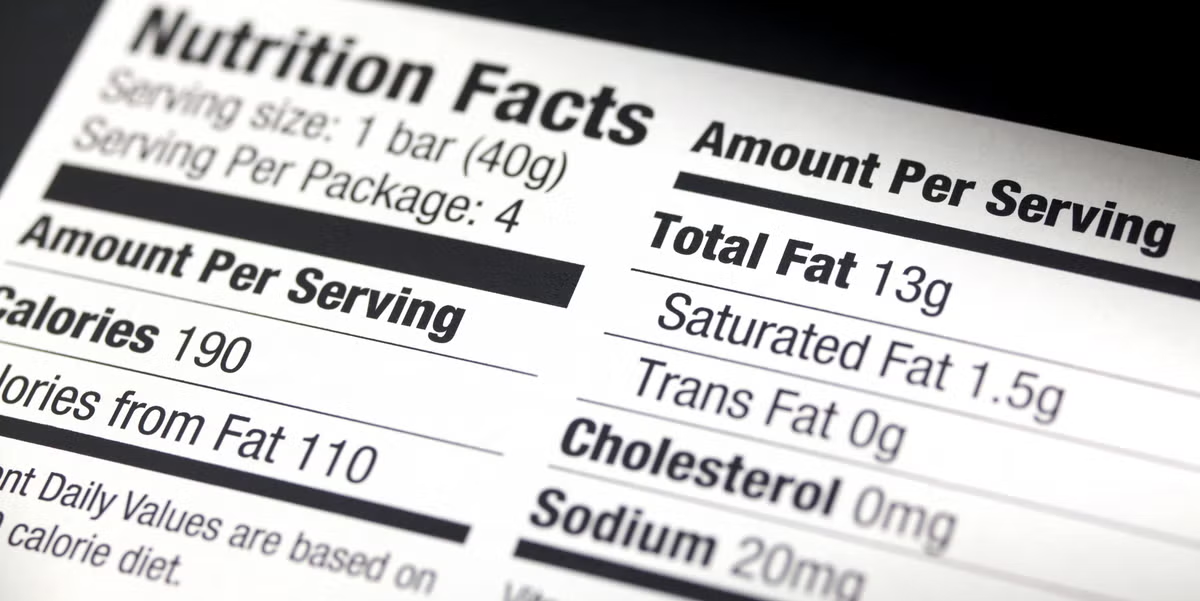
- Labeling food with the amount and intensity of exercise needed to burn off the calories in it can help people make better dietary choices, according to a study published online in the Journal of Epidemiology & Community Health.
- “Physical activity calorie equivalent” (PACE) food labeling could help people reduce their daily calorie intake by about 200 calories.
The label on that candy bar already tells you that it packs 250 calories. But many of us glaze over that number or don’t even know what it really means, so we eat it.
If that same label told you you’d have to run for 25 minutes to burn off that bar, you would think twice before picking it off the shelf and likely save yourself some excess calories, according to a British study on what’s known as “physical activity calorie expenditure” (PACE) food labeling.
The concept of PACE labeling, which is designed to show how many minutes or miles of physical activity are needed to burn off the calories in a particular food or drink has been around for years, but it’s never been officially adopted.
So a team of scientists from the U.K. pulled together all the research that’s been done to date to see if PACE labeling could actually make a difference in helping people make healthier choices and eat fewer calories.
For the study, the scientists performed a systematic search for existing research comparing the effects of PACE food labeling versus traditional food labeling or no food labeling on the selection, purchase, or consumption of food and drinks.
After poring through the results of 15 studies over a five year period, they concluded that when people see the physical exercise “cost” of the food in front of them, they eat a little less—about 80 to 100 fewer calories per meal, according to the study, which was published online in the Journal of Epidemiology & Community Health.
When people selected from foods and drinks using PACE labeling, the meals they selected contained about 65 fewer calories than when there was other types of labeling or no labeling. The researchers estimated that, continued throughout the day, decisions based on PACE labeling could add up to a reduction of about 200 calories a day.
That may not sound like a lot, but it adds up to around 73,000 calories—nearly 300 Snickers bars’ worth!—every year. And while weight loss is slightly more complicated than just calories in versus calories out, that reduction of calories would likely result in weight loss of most individuals.
Most importantly, it makes people think, the researchers said in their paper, noting that if someone sees a visual symbol showing that it will take four hours to walk off a pizza and only 15 minutes to burn off a salad, they can develop a better awareness of the “energy cost” of food and drink.
“PACE food labelling could be a useful tool to help the public understand what a calorie means and therefore more able to decide whether the calories are ‘worth it,’” the researchers concluded.
Of course, as endurance athletes, sometimes those calories are indeed “worth it,” and necessary, and those kinds of labels could help you decide what food you want to put in your pocket for the rides you want to do.
If adopted, consumers would also need to consider these in the larger context of daily life. We’re not pedaling off every morsel we put in our mouths, after all. On average, men need about 2,500 calories and women about 2,000 calories just to maintain a healthy weight.
"food" - Google News
January 02, 2020 at 08:35AM
https://ift.tt/2QgcftJ
“Exercise Based” Food Labels Help Keep Calories in Check - Bicycling
"food" - Google News
https://ift.tt/2R1bXEP
Shoes Man Tutorial
Pos News Update
Meme Update
Korean Entertainment News
Japan News Update
Bagikan Berita Ini














0 Response to "“Exercise Based” Food Labels Help Keep Calories in Check - Bicycling"
Post a Comment